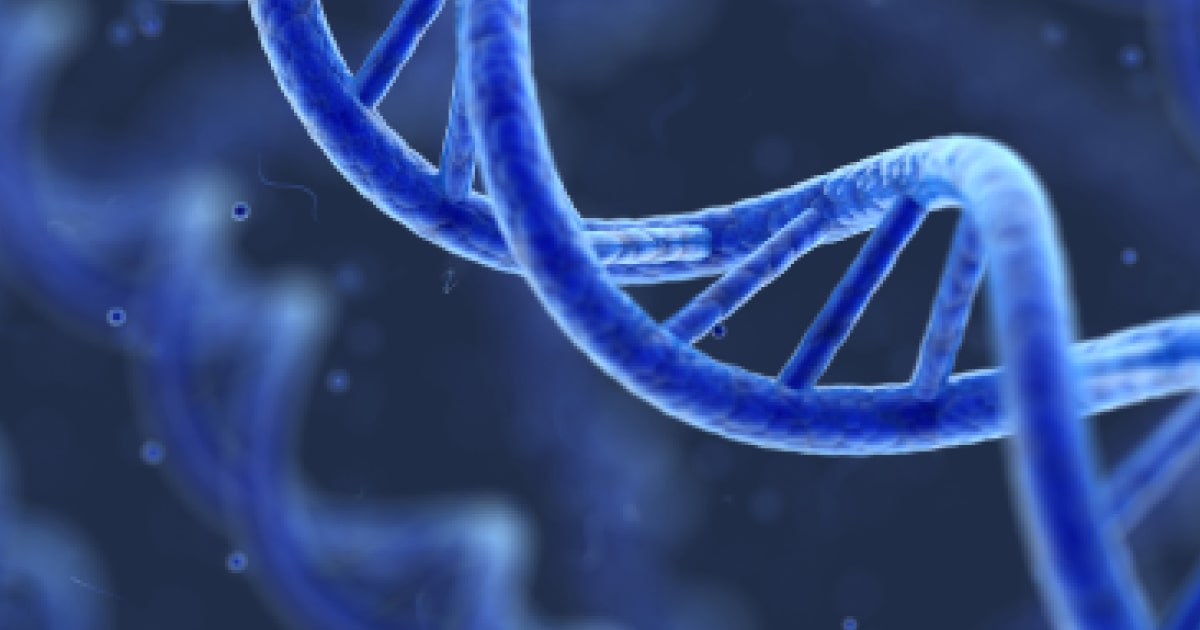
Expert Reviewed By: Dr. Brandon Colby MD
The world of genetic disorders is vast and intricate, with each condition presenting its own unique challenges and mysteries. Among these, STT3B-congenital disorder of glycosylation (STT3B-CDG) stands out due to its complex nature and the significant impact it has on those affected. As researchers continue to delve into the genetic underpinnings of this disorder, genetic testing emerges as a powerful tool in diagnosing and managing STT3B-CDG.
Understanding STT3B-Congenital Disorder of Glycosylation
STT3B-CDG is a rare genetic disorder that affects the glycosylation process, a critical biochemical pathway responsible for attaching sugar molecules to proteins and lipids. This process is vital for proper cellular function, and disruptions can lead to a myriad of health issues. Individuals with STT3B-CDG may experience developmental delays, neurological issues, and various systemic complications.
Despite its rarity, understanding STT3B-CDG is crucial for affected families and healthcare providers. The disorder is caused by mutations in the STT3B gene, which encodes a subunit of the oligosaccharyltransferase complex involved in glycosylation. These genetic mutations result in impaired glycosylation, leading to the clinical manifestations observed in patients.
The Role of Genetic Testing in STT3B-CDG
As our understanding of genetic disorders deepens, genetic testing has become an invaluable resource in diagnosing and managing conditions like STT3B-CDG. By identifying specific genetic mutations, healthcare providers can offer more accurate diagnoses, tailored treatment plans, and better prognostic information to patients and their families.
Identifying Genetic Mutations
Genetic testing is instrumental in pinpointing the exact mutations responsible for STT3B-CDG. Through techniques such as whole-exome sequencing and targeted gene panels, clinicians can identify mutations in the STT3B gene, confirming a diagnosis of STT3B-CDG. This precise identification is crucial, as it distinguishes STT3B-CDG from other types of congenital disorders of glycosylation, each of which may require different management strategies.
Guiding Treatment and Management
Once a diagnosis is confirmed through genetic testing, healthcare providers can develop personalized treatment plans for patients with STT3B-CDG. While there is currently no cure for the disorder, early intervention and tailored therapies can significantly improve quality of life. Genetic testing results can guide decisions about supportive care, nutritional interventions, and therapeutic strategies, helping to address the specific needs of each patient.
Providing Genetic Counseling
Genetic testing also plays a critical role in providing genetic counseling for families affected by STT3B-CDG. Understanding the genetic basis of the disorder allows genetic counselors to offer informed advice about inheritance patterns, recurrence risks, and family planning options. This information can empower families to make educated decisions about their future and the care of affected individuals.
Facilitating Research and Advancements
Beyond individual patient care, genetic testing contributes to the broader scientific understanding of STT3B-CDG. By identifying and cataloging genetic mutations, researchers can explore the molecular mechanisms underlying the disorder, paving the way for potential therapeutic advancements. Genetic testing data can also support clinical trials and the development of targeted treatments, offering hope for future breakthroughs.
The Future of Genetic Testing in STT3B-CDG
As technology continues to advance, the role of genetic testing in diagnosing and managing STT3B-CDG will likely expand. Innovations in sequencing techniques and bioinformatics promise to enhance the accuracy and accessibility of genetic testing, making it an even more powerful tool for clinicians and researchers alike.
For families affected by STT3B-CDG, genetic testing offers a pathway to understanding and managing this complex condition. By unraveling the genetic threads of STT3B-CDG, we can move closer to a future where tailored treatments and improved outcomes are within reach for all affected individuals.
For more detailed insights into congenital disorders of glycosylation, including STT3B-CDG, you can explore the comprehensive review provided in the linked reference: Clinical and genetic features of congenital disorders of glycosylation.
About The Expert Reviewer
Dr. Brandon Colby MD is a US physician specializing in the personalized prevention of disease through the use of genomic technologies. He’s an expert in genetic testing, genetic analysis, and precision medicine. Dr. Colby is also the Founder of and the author of Outsmart Your Genes.
Dr. Colby holds an MD from the Mount Sinai School of Medicine, an MBA from Stanford University’s Graduate School of Business, and a degree in Genetics with Honors from the University of Michigan. He is an Affiliate Specialist of the American College of Medical Genetics and Genomics (ACMG), an Associate of the American College of Preventive Medicine (ACPM), and a member of the National Society of Genetic Counselors (NSGC)